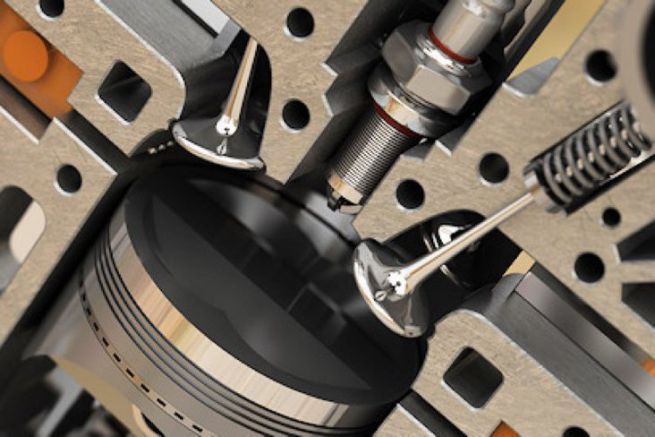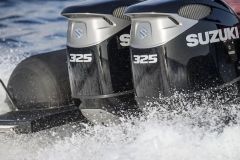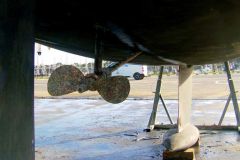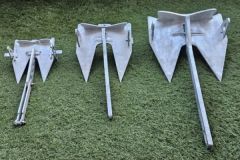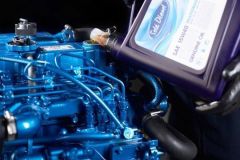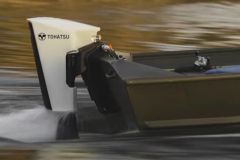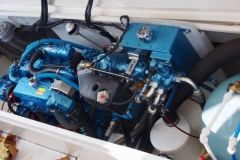To speak of a 2-stroke or 4-stroke engine is first of all to speak of a reciprocating piston internal combustion engine.
A French invention
It is in 1860, more than 150 years ago that the French Hugon and Lenoir introduced the 2-stroke engine, improved in 1879 by Dugald Clerk. The 4-stroke cycle dates back to January 1862, patent registered by Alphonse Beau de Rochas, engineer of the railways of Provence. A few years later, in 1876, the German N.A. Otto manufactures the first internal combustion engine based on the principle of Alphonse Beau de Rochas.
Whether 2 or 4 stroke, the concept is therefore very old at least in its principles. It is therefore proven technologies that have integrated the same technological advances
In the field of outboard engines, both technologies are commercialized. Evinrude having made the exclusive choice of 2-stroke while the other brands have opted for 4-stroke.
Regardless of the engine, the cycle is always carried out in 4 steps:
- Admission
- Compression
- Explosion
- Exhaust
The 4-stroke cycle
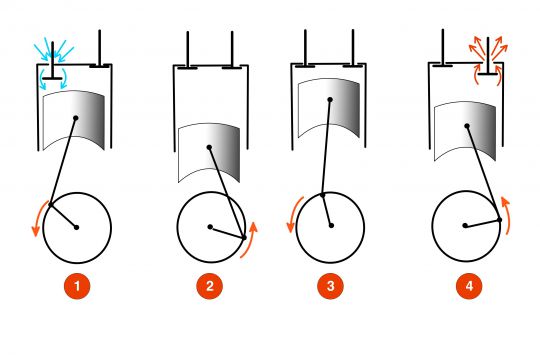
- First stroke: Admission of the gaseous mass during the downward stroke of the piston through the intake port (valve for recreational engines). The air/fuel mixture is sucked in.
- Second stage: Compression of the gas mass during the rise of the piston after closing the inlet port. At the end of compression (piston up), ignition of the gas mixture by the ignition spark (the spark plug)
- Third stage: Expansion or explosion, the gases are brought to a high temperature by combustion, with the explosion, the pressure rises, driving the piston downwards by the force exerted.
- Fourth stroke: Exhaust, the exhaust port (valve again) opens, the burnt gases are expelled by the upward stroke of the piston.
The complete cycle is therefore carried out on 2 engine revolutions
The cycle of the 2 times
The 2-stroke cycle integrates the 4 phases of the 4-stroke, but on a single engine revolution: intake and exhaust are fast and simultaneous between the end of expansion and the beginning of compression.
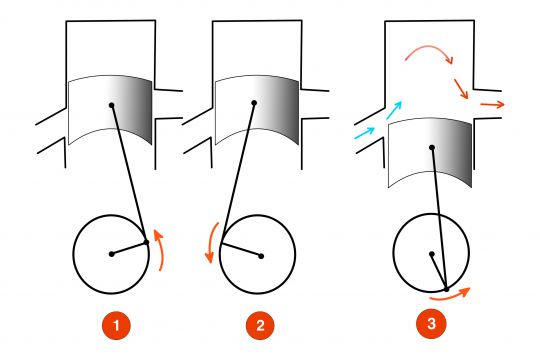
- First stage: Compression (1) with gas ignition at the end of the cycle
- Second stage: Expansion and explosion (2 and 3), the gases are brought to a high temperature by combustion, with the explosion, the pressure rises, driving the piston downwards by the force exerted.
Mechanical differences
Two philosophies, the 2-stroke engine limits the number of parts: no valves or mechanics to make them move. But the 2-stroke imposes the need to provide either an oil/fuel mixture or an oil tank to lubricate the engine.
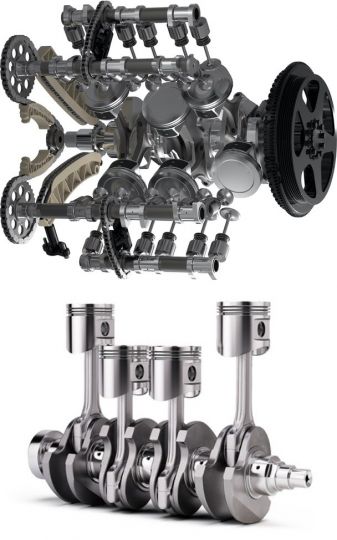
The moving parts: top a 4-count and bottom a 2-count.
The 4-stroke engine is therefore more sophisticated (no more moving mechanical parts), but it is now the predominant engine in the world of cars and motorcycles.
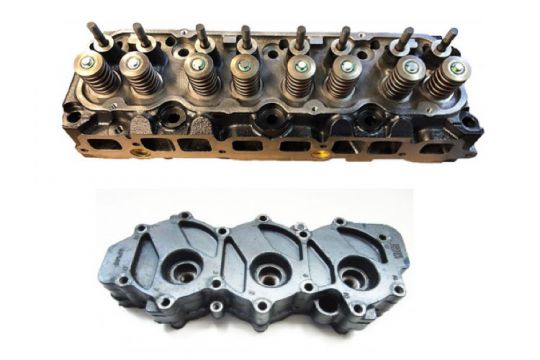
The different cylinder heads: at the top a 4-stroke and at the bottom a 2-stroke.
A Cornelian choice
One thing's for sure, whether they're 2 or 4-stroke, two X-horsepower engines are good for the same power..
To say that one or the other is better is a matter of feeling or even prejudice, because many factors are taken into account such as average consumption, maintenance costs, noise level, etc..
